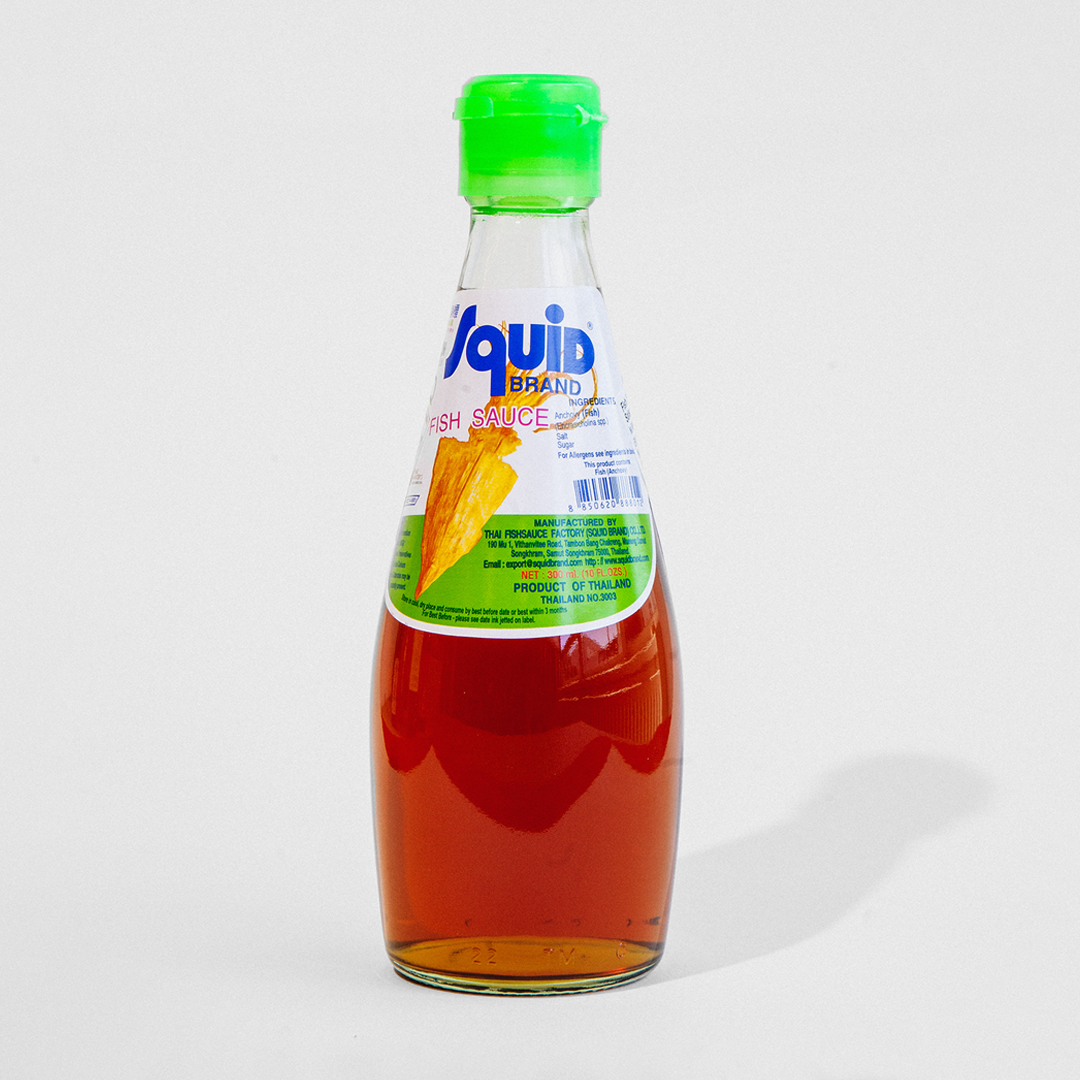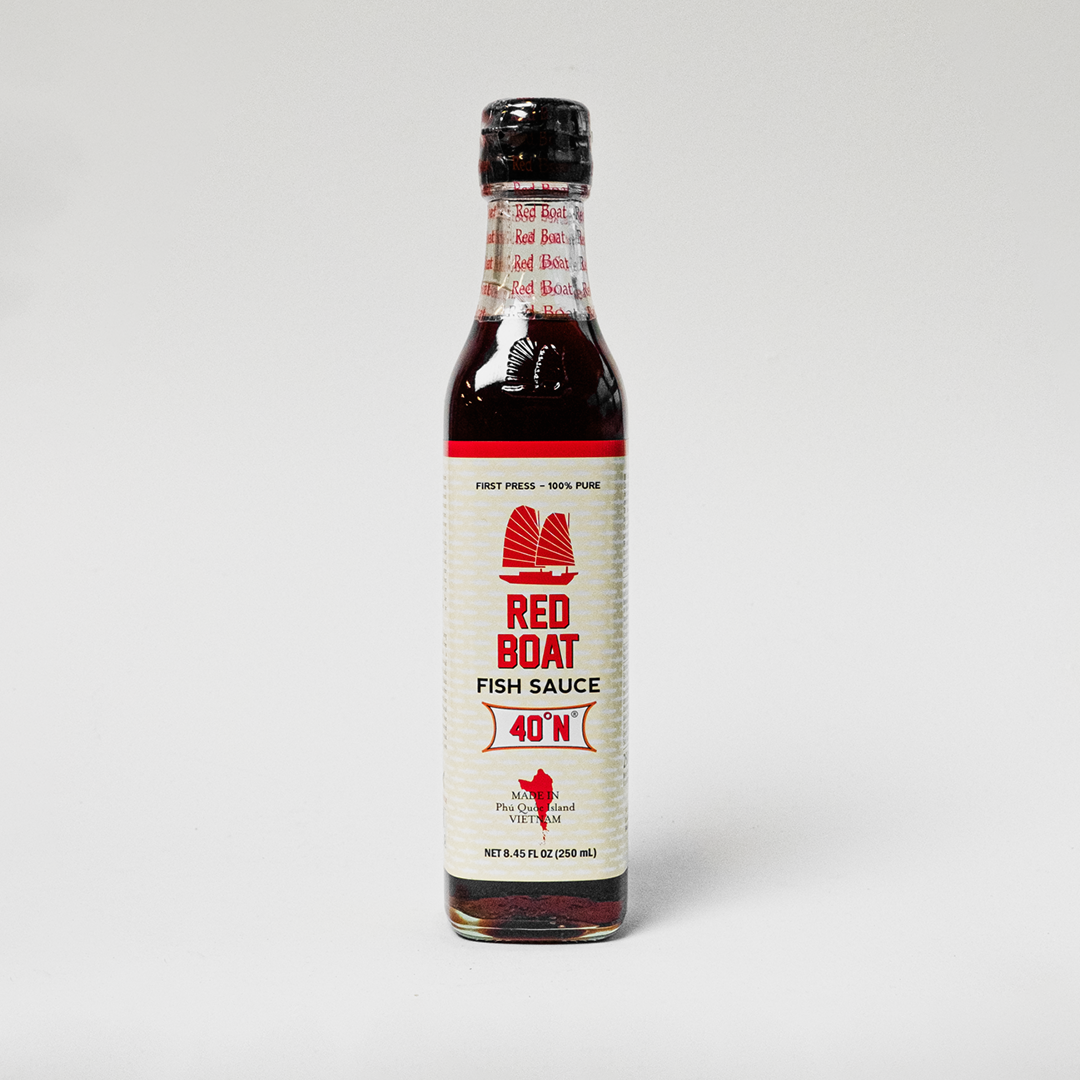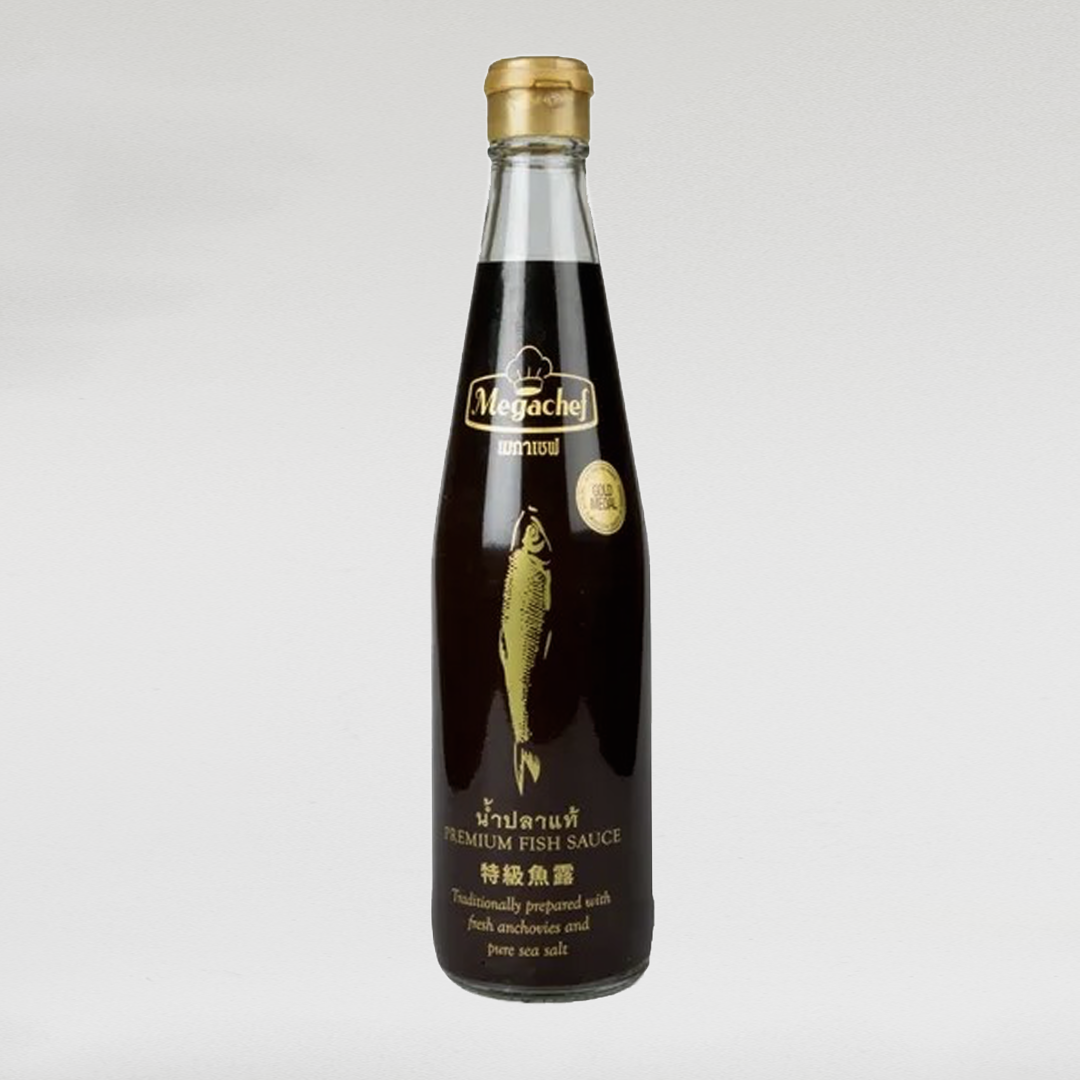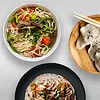Now that you all know the basics about fish sauce and how it's made, how do you choose a bottle when there are so many options? In this guide, we share some tips for selecting your fish sauce and also highlight some of our favorites.
Are fish sauces from certain countries better than others?
The first thing you'll notice is that there are hundreds of varieties, including those from different countries. Most of the fish sauce you'll likely encounter comes from Vietnam and Thailand. Fish sauce from Phú Quốc, a Vietnamese island just off the southwest coast of the mainland, has long been known for its flavorful traditional Vietnamese fish sauce and is considered the source of the best fish sauce in the world. Vietnamese people have been making fish sauce for a long time using various types of fish. Anchovies are the only fish that produce fish sauce with a high natural nitrogen content and a distinctive flavor, but they can ferment any fish to extract the sauce. The best types of anchovies for making great fish sauce are often found in the waters of the Gulf of Thailand and around Phú Quốc Island.
Choosing your fish sauce is a personal matter. Each fish sauce has its own characteristics and also reflects and enhances its cuisine of origin: Vietnamese fish sauce is often sweeter and lighter, while Thai fish sauce is saltier and Filipino fish sauce is heavier. Ultimately, it all comes down to which flavor profile you enjoy the most.
Click and discover our whole assortment of fish sauce!
Here are some tips to help you identify the quality of fish sauce
Ingredients. Always read the label because, as you may know, traditional fish sauces are barrels full of fish, usually anchovies, covered with salt and fermented for over a year, resulting in a liquid rich in glutamate and powerfully flavorful as expected. Fish sauce is the liquid. The best fish sauce has only two ingredients: fish and salt (the label may say "fish extract"). The best fish sauces are made from just one type of fish, usually shad from Sa Chau, mackerel, or anchovy.
Fish sauce used to be produced and sold locally using conventional methods, but nowadays large global companies have started using time-saving preservatives and other additives. While those sauces may still taste great, look, and smell good, if you want real fish sauce, read the label!
Color. While a lighter, more transparent fish sauce may be visually appealing, the color variations of traditional fish sauce also provide information about the weather at the time the sauce was produced. The sauce will be lighter in color if the sun was shining brightly during the separation of salt and fish extract. The sauce will be darker and have a more intense, complex flavor if there wasn't enough sun and it took longer for the salt to separate from the fish extract. It's okay if your sauce is cloudy; this may just indicate a higher protein level. Good fish sauces have a reddish tint. The darker the color, the longer the fish sauce has aged, which means it contains more protein.
Price. In this case, quality and price are related. Cheaper fish sauces are often lower quality sauces mixed with water and chemicals. Another sign of quality is to choose fish sauce in glass bottles instead of plastic ones.
Degrees (°N). Sometimes you will see "40N" on a bottle, which relates to the nitrogen concentration per liter, essentially representing the protein level. The higher the number, the more protein, strength, and complexity in flavor, and the higher the price. The degrees range from 20°N to 60°N. Bottles with lower degrees are better suited for cooking since heat breaks down the protein content and thus the umami of the sauce. Using high degrees in this regard seems wasteful. It better showcases the full potential of dips, for example.
“Nuoc mam nhi” or “nước mắm thượng hạng.” This expression refers to the first-extracted liquid after long fermentation. Essentially pure fish sauce and the base of the best fish sauce. Some producers speed up the fermentation process so they can take that liquid, combine it with extra salt and water, and pass it through the fish again. The result is, of course, lower quality fish sauce.
So keep an eye out for these words on the label.
“Cá cơm.” When you see this on a bottle, it’s likely a good sign. Ca com refers to the specific type of anchovy found in the waters of Phú Quốc.
Beware of
By now, you should know that Phú Quốc is a source of some of the best fish sauces, and some producers take advantage of that. Many fish sauces labeled as "Phu Quoc" are actually counterfeit. According to Nguyen Thi Tinh, president of the Phu Quoc Fish Sauce Association, she states that 80 percent of the fish sauces labeled "Phú Quốc" are counterfeit.
WHAT BRAND DO WE USE?
As mentioned at the beginning of this guide, the most important factor is the flavor profile you are looking for. The fish sauce with the highest protein content, darkest color, or highest price may be of the highest quality by definition, but it might be less suitable for your cooking goals.
Below are the fish sauces we use:

We're big fans of Squid Brand because it's versatile and has a balanced flavor. Squid Brand is a beloved brand within the Vietnamese community worldwide. We personally use fish sauce wherever we can, using it as a source of saltiness. Squid Brand is a Thai fish sauce and is often cheaper, making it more suitable for cooking. The unique flavor of fish sauce is less critical, so you don't want to spend too much on a bottle. We find it tasty and highly recommend it.
What's good:
- Inexpensive
- Balanced flavor in sweetness and saltiness
- Suitable for versatile use and adding saltiness during cooking
Disadvantages: - Less suitable if you’re looking for a deep fish sauce flavor, like for dipping sauces

2. Red Boat
This is probably our favorite brand. It's great for dipping sauces or that extra splash of umami in your dish. This fish sauce is of high quality, and just a small amount delivers a lot of flavor. The quality is very pure with a deep, intense flavor. You can also see it in the beautiful color, high protein content, and it is slightly more expensive, but you need much less of it. It is also one of the most popular brands worldwide among chefs and the Southeast Asian community.
What's good:
- A deep, rounded flavor
- High quality
- You need less of this fish sauce because it is so pure
Disadvantages:
- Slightly more expensive than most fish sauces

3. Megachef
Another popular fish sauce is from Megachef. This is a Thai fish sauce and is also of high quality. It has a high anchovy content, not too much salt, and not too much sugar. The flavor is very rounded with an intense taste. This brand has grown significantly in popularity over the last few years.
What's good:
- High quality
- Suitable for cooking as well as for dipping sauces and extra umami
- Good price/quality ratio
- High anchovy content




 New Arrivals
New Arrivals
 Outlet
Outlet
 Search by country
Search by country
 Search per category
Search per category
 Holiday Season
Holiday Season
 Recipes
Recipes
 Tjin's Blog
Tjin's Blog









